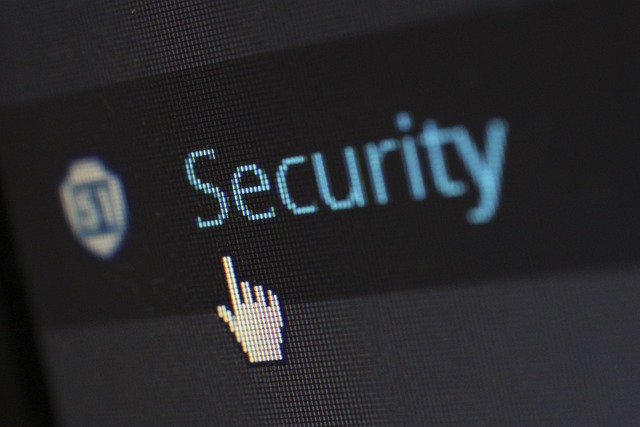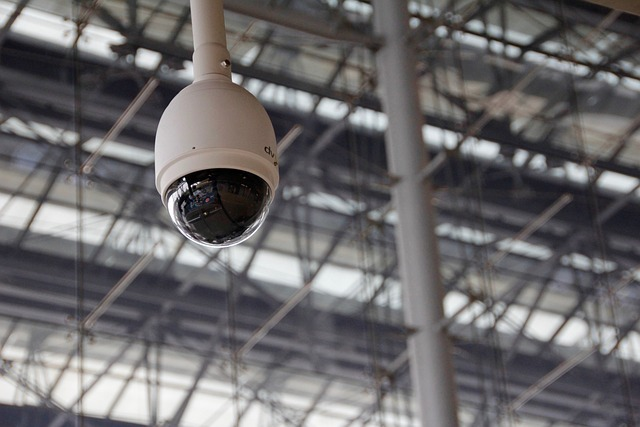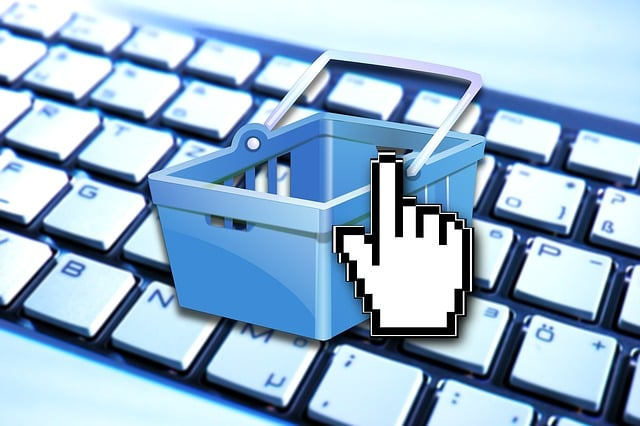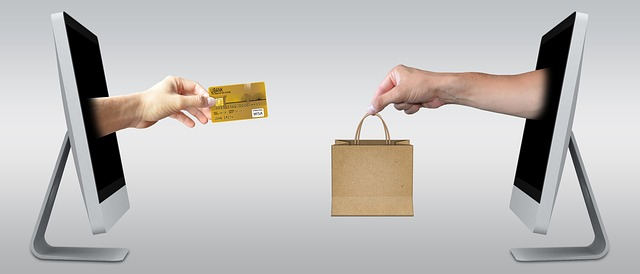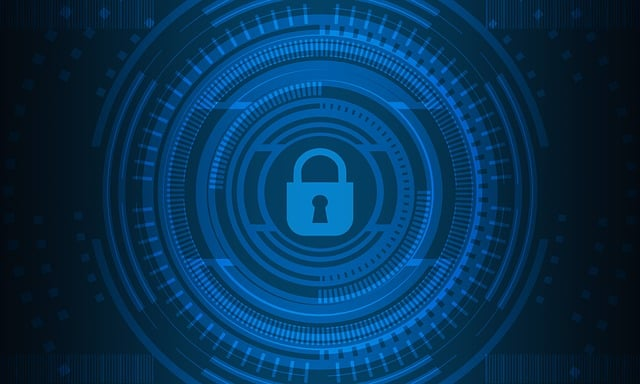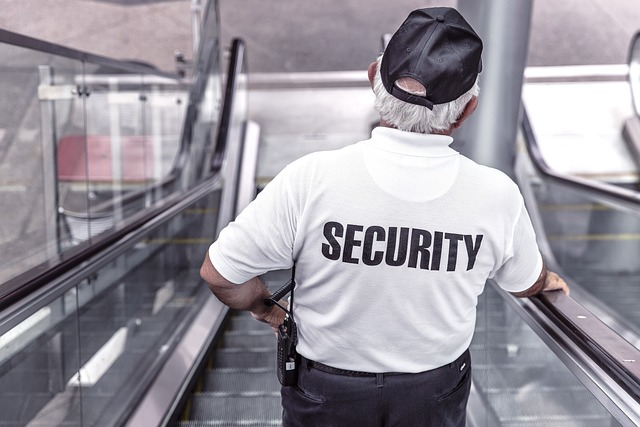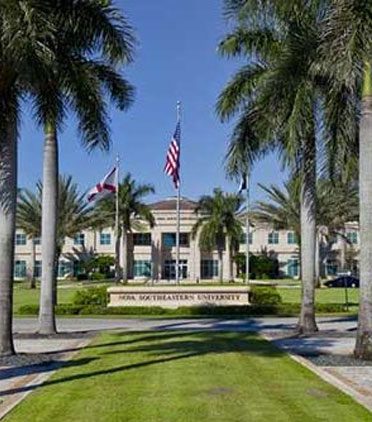The Essential Guide to Choosing Retail Security Systems in 2024
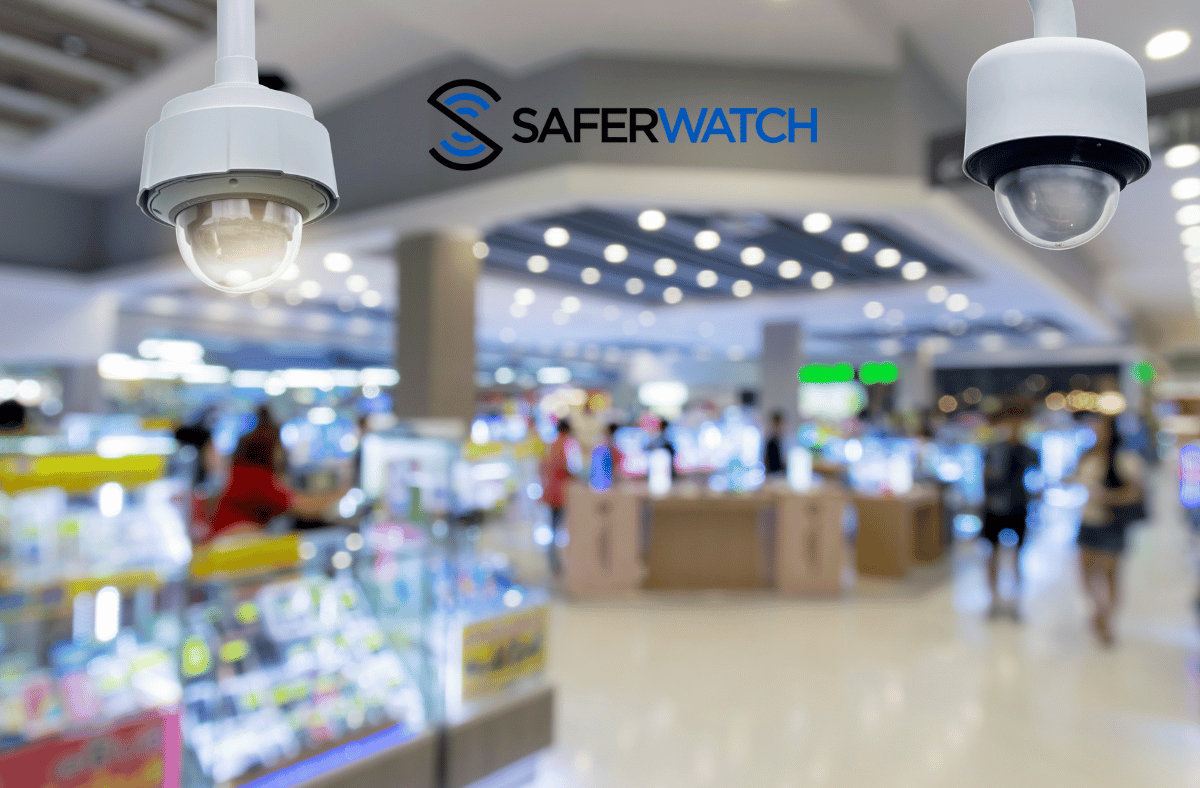
The Essential Guide to Choosing Retail Security Systems in 2024
In today’s fast-paced retail environment, the safety and security of your store are of paramount importance. With the increasing threats of theft, violence, and fraud, businesses must invest in comprehensive retail security systems that not only protect assets and employees but also maintain a positive customer experience. But how do you strike the right balance?
Read on to discover essential components, customization tips, and the role of technology in creating an effective retail security system that keeps your store safe while ensuring an enjoyable shopping experience for customers.
Quick Summary
- This article explores the three main components of a retail security system – access control, video surveillance, and alarm systems.
- Customizing your retail security system is essential for optimal protection, involving evaluating risks and adapting solutions to suit store design & vulnerabilities.
- Utilizing discreet technologies & enhancing employee training helps create a secure environment without sacrificing customer experience.
Understanding Retail Security System Components
A retail store security system is designed to deter theft and monitor activity, providing a comprehensive security solution that addresses various challenges faced by retailers. Typically, retail security systems consist of three main components: access control, video surveillance, and alarm systems. Each component serves a specific purpose to create an integrated and effective security network for your store. In addition to these components, retail store security systems can further enhance the overall safety and protection of your retail store.
We will now explore these components further and examine their importance in retail security.
Access Control Systems
Access control systems play a vital role in regulating entry to key areas, such as stock rooms or restricted zones, within your retail store. These systems utilize keycards, keypads, biometric readers, and smart locks to ensure only authorized personnel can access certain areas, thus minimizing potential security risks and enhancing loss prevention.
Considerations when choosing an access control system should include efficiency, security, and convenience, maintaining a balance between them. A well-chosen access control system not only ensures the safety of your valuable merchandise, but also contributes to a seamless and smooth customer experience, with minimal disruptions to their shopping journey.
Video Surveillance Solutions
Video surveillance is a critical component of retail security systems, as it:
- Deters theft
- Helps monitor activity within your store
- High-definition retail store security cameras and remote monitoring can capture clear footage of potential threats and incidents
- Allows security teams to respond swiftly and effectively
To optimize video surveillance, strategically place cameras near entrances, facing the street or parking lot, and in high-traffic areas. This enhanced visibility serves as a deterrent for would-be thieves, while also providing valuable insights into customer behavior and preferences, which can be leveraged to improve store operations and overall customer experience.
Alarm Systems and Anti-Theft Devices
Alarm systems and anti-theft devices are essential components of retail security systems. Retail store alarm systems, also known as retail alarm systems, come in both silent and audible varieties, which detect when someone is attempting to tamper with a door or window, providing essential notifications to store owners and authorities to deter shoplifting and break-ins.
Electronic article surveillance (EAS) systems are a popular anti-theft solution, utilizing detection antennas installed at store exits and security tags or labels attached to merchandise. These systems effectively deter theft and help maintain a safe shopping environment for customers, while also ensuring employee safety and minimizing loss.
Customizing Your Retail Security System
Given that every retail store has its unique layout, vulnerabilities, and security requirements, tailoring your retail security system to these specific needs becomes imperative for optimal protection and risk reduction.
Evaluating security risks followed by the implementation of a solution that’s adapted to your store’s unique design and weaknesses are key steps in personalizing your retail security system.
Assessing Security Risks
Evaluating security risks is the first step in tailoring your retail security system. Factors to consider include:
- Store size
- Layout
- Location
- Existing security measures
By analyzing the store’s physical environment, customer traffic patterns, and employee activities, you can identify potential vulnerabilities and gaps in your security system.
After evaluating your store’s security risks, the next step is identifying the most appropriate security equipment and strategies that can effectively reduce these risks. Working with video security experts, like NAVCO, can help you choose the right security cameras, access control systems, and alarm systems, ensuring a comprehensive and customized security solution for your retail store.
Implementing a Comprehensive Solution
Incorporating a comprehensive solution involves integrating access control systems, video surveillance cameras, and alarm systems to create a complete security package that addresses all potential threats and vulnerabilities. By creating a layered approach to security, businesses can ensure that all vulnerabilities and risks are adequately addressed.
Professional installers, such as SaferWatch, can help you implement a comprehensive retail security solution that is both cost-effective and efficient. With extensive experience in the retail industry, we can work within your budget to customize the optimal security system for your store, ensuring the safety of your customers, employees, and merchandise.
Balancing Security and Customer Experience
Implementing strong security measures is imperative for retail stores, but so is sustaining a positive customer experience. Balancing security and customer experience involves enhancing employee training and utilizing discreet security technologies that don’t disrupt the shopping experience or make customers feel uncomfortable.
Enhancing Employee Training
Retail security heavily relies on employee training, which familiarizes employees with security protocols, procedures, customer service, and emergency response processes. Training should emphasize security awareness, customer service, and emergency response protocols, equipping employees with the necessary knowledge and skills to protect themselves, serve customers effectively, and handle any security incidents that may arise.
In addition to security awareness, employee training should focus on delivering great customer service. By providing a friendly and welcoming environment, employees can help create a safe shopping experience that fosters customer loyalty and trust. Regular training that covers these topics not only ensures a secure store, but also contributes to building a positive brand image and reputation.
Utilizing Discreet Security Technologies
Discreet security technologies, such as concealed cameras and unobtrusive access control devices, help maintain a positive customer experience by providing security without drawing attention to their existence. By blending seamlessly with the store’s architecture or fittings, these technologies can deter theft and other security concerns without making customers feel uncomfortable or unwelcome.
Incorporating discreet security technologies into your retail security system ensures that customers can enjoy their shopping experience while still providing the necessary protection for your store and employees. By striking the right balance between security and customer experience, you can create a safe and welcoming environment that drives customer satisfaction and loyalty.
The Role of Technology in Retail Security Systems
As technology evolves, it plays an increasingly larger role in retail security systems. AI-powered analytics and cloud-native security solutions offer advanced protection and insights, helping to safeguard retail stores and enhance loss prevention efforts.
By leveraging these cutting-edge technologies, businesses can stay ahead of potential threats and ensure the safety of their customers and employees.
AI-Powered Analytics
The role of AI-powered analytics in retail security systems is paramount as they enable the detection of potential threats, tracking of customer activity, and provision of valuable information for loss prevention. By utilizing artificial intelligence and machine learning techniques, AI-powered analytics can identify patterns, trends, and insights from large amounts of data, helping retailers make informed decisions based on real-time data.
In addition to identifying potential risks, AI-powered analytics can also assist retailers in optimizing their operations by automating processes and providing predictive analytics. This enables retailers to better understand customer behavior, preferences, and trends, allowing them to tailor their offerings and strategies accordingly.
By incorporating AI-powered analytics into retail security systems, businesses can enhance their security measures while gaining valuable insights to drive growth and success.
Cloud-Native Security Solutions
Cloud-native security solutions offer numerous benefits for retail security systems, including remote management, data storage, and advanced analytics for multiple store locations. By leveraging cloud-native technologies, retailers can easily monitor and manage their security systems across multiple stores, ensuring consistent security measures are in place.
In addition to remote management, cloud-native security solutions also provide data storage and advanced analytics capabilities. Retailers can securely store large amounts of security data, such as video footage, and access it from anywhere through secure internet connections. Advanced analytics can be used to analyze this data and gain valuable insights into customer behavior, store operations, and potential security threats, enabling retailers to make data-driven decisions and improve overall security.
Retail Security System Maintenance and Support
Maintenance and support are fundamental elements of any retail security system, guaranteeing optimal performance and resolving potential issues before they escalate.
By regularly maintaining your security system and seeking professional support when needed, you can safeguard your store and maintain a secure shopping environment for your customers.
Scheduled Maintenance
Scheduled maintenance is a planned and regular activity undertaken to ensure optimal performance, reliability, and longevity of your retail security systems. By performing scheduled maintenance, you can detect and address potential issues before they become critical, ensuring the continued safety and security of your store and its customers.
Regularly inspecting and maintaining your security equipment, such as cameras, access control systems, and alarm systems, can help prevent system failures, false alarms, and other issues that could compromise your store’s security. By investing in scheduled maintenance, you can maintain the effectiveness of your retail security system and protect your store from potential threats and incidents.
Professional Support Services
Professional support services are key to maintaining the peak performance of your retail security system. These services provide expert assistance, troubleshooting, and system updates, ensuring that your security system continues to function effectively and efficiently.
By enlisting the help of professional support services, you can address any potential issues in a timely manner, as well as receive expert advice and guidance on maintaining and improving your retail security system. This not only ensures the continued safety and security of your store, but also allows you to focus on providing a positive customer experience and growing your business.
SaferWatch: A solution For Retail Security
SaferWatch is a mass notification solution specifically designed for law enforcement agencies, offering features such as multi-channel communication, two-way messaging, and geo-targeting to enhance emergency response and communication. By leveraging SaferWatch, retail stores can optimize their emergency communication efforts, ensuring that the public receives timely and accurate information during critical events.
Whether it’s a natural disaster or an active shooter situation, SaferWatch provides retail stores with a powerful tool for keeping the public informed and safe.
Full Summary
Implementing a comprehensive retail security system is essential for protecting your store, employees, and customers from potential threats and incidents. By understanding the various components of retail security systems, customizing your system to address specific risks and vulnerabilities, and balancing security with customer experience, you can create a safe and welcoming shopping environment that fosters customer loyalty and trust. Furthermore, leveraging advanced technologies such as AI-powered analytics and cloud-native security solutions can help you stay ahead of potential threats and ensure the continued success of your retail business.
Frequently Asked Questions
What is retail mobile app?
A retail app is a software that enables buyers and sellers to transact business online. It provides an accessible platform for customers to purchase goods and services from the comfort of their own home.
Why retailers should have a mobile app?
Having a mobile app for your retail business can help keep your brand prominent, increase customer retention and loyalty, demonstrate products and services, and provide a better customer experience – all great reasons to get on board.
Creating a mobile app for your business can be a great way to stay ahead of the competition and provide a better customer experience. It can help you reach more customers, increase customer loyalty, and demonstrate your products and services in a more engaging way.
Developing a mobile app can be a challenge.
How do I create a retail store app?
To create a retail store app, one should start by conducting market research and selecting the platform and technology stack to use. After that, hiring an agency to develop the app and identifying the features for a minimum viable product should be done.
Following that, listing any additional features to make the store stand out is important. Lastly, creating a mockup is essential for designing the app.
What are the 5 elements of a good incident report?
A good incident report should include notification of the incident, identification of the responsible, interviews, investigation and analysis, conclusion, sharing of learnings and implementation.
What is a customer incident report?
A Customer Incident Report is a detailed document used to record and address any incidents involving customers, such as accidents, injuries, disputes, complaints, or other unexpected events.
It can also provide information about service disruptions and how an issue is getting resolved.
SaferWatch In the News:
- Motorola Solutions and SaferWatch Align to Support School Safety
- App Developed for Educators In Case of A School Shooting
- BCPS Unveils Alyssa’s Alert In New Initiative To Add Additional Layer of Security for Students and Staff
- Stand With Parkland Partners With SaferWatch Mobile App to Protect Schools
- Alyssa’s Law Reviewed by MSD Commission
- BCPS uses SaferWatch app to comply with Alyssa’s Law
- BSO: 12-Year-Old Boy Arrested For Making School Shooting Threat
- Fort Lauderdale Police Investigate Three School Threats
